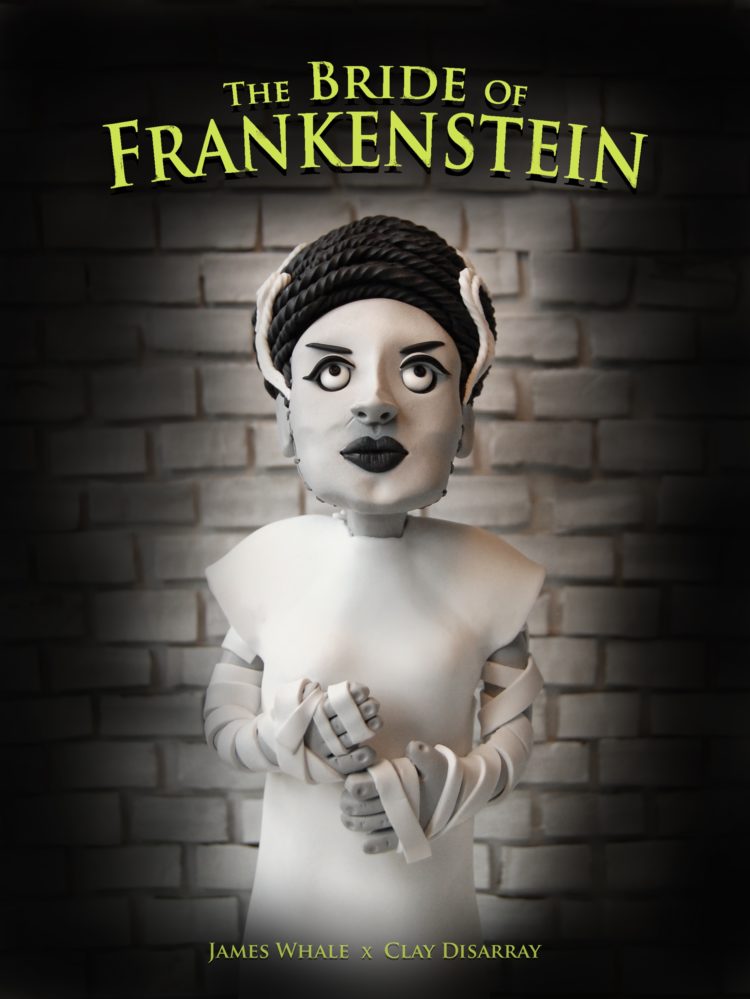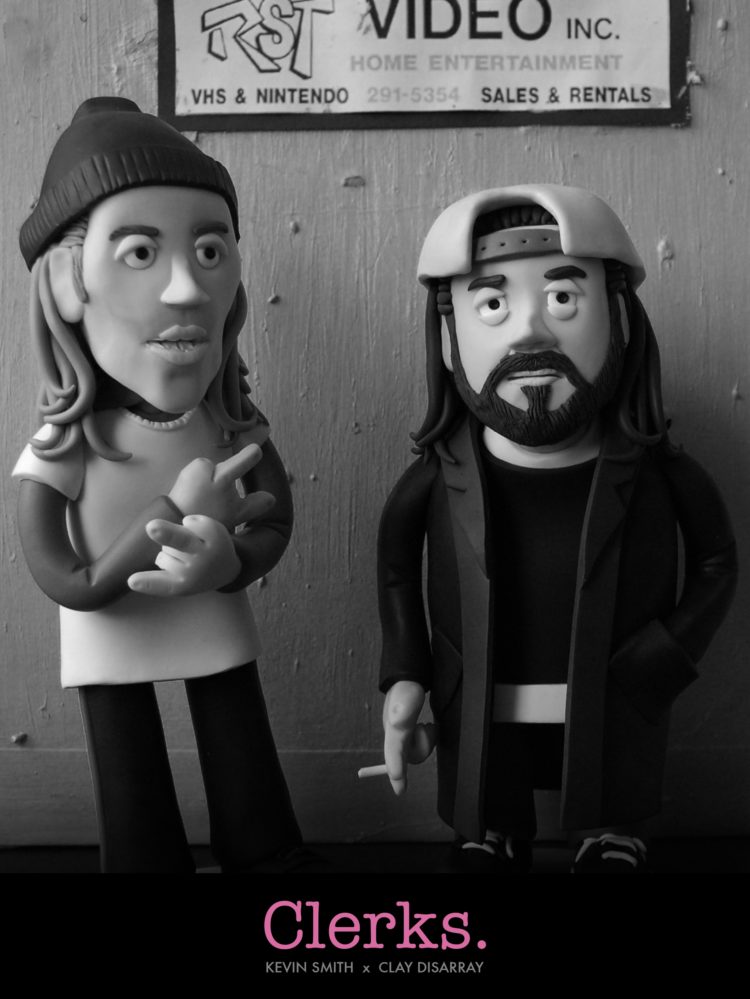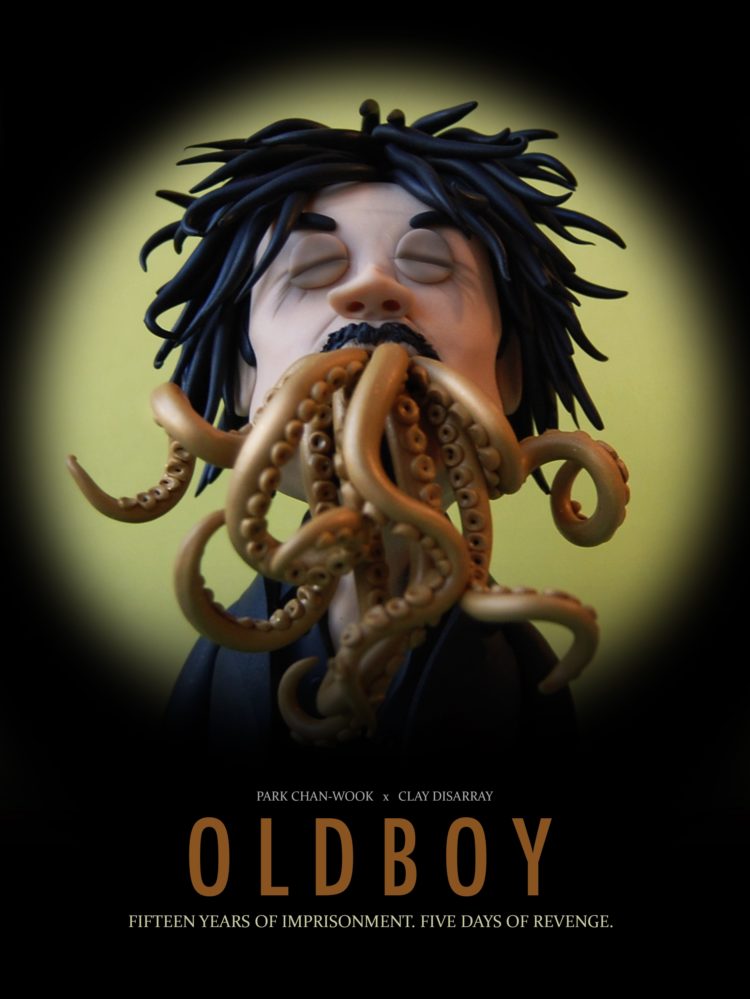Illustration can be made out of anything
To continue with our blogpost about different types and styles of illustration, I would like to introduce you Lizzie Campbell. An artist from England, based in Brinklow, Warwickshire where she works in Clay Disarray (her studio). Lizzie is mostly known for her illustrations, but you could guess, that there is something more. Her illustrations are made out of polymer clay also known as FIMO clay. But how is she doing it? Find out more in our article.
Why is polymer clay the best medium for you?
I’ve always drawn throughout my life, even as a small child, but through all this time I was really struggling with choosing a style to allow it to evolve into something that felt uniquely my own. I oscillated between cartoon work and more formal figurative drawing, and also between hand-drawn and digital drawing. Even though all this experimentation was incredibly worthwhile, I felt really frustrated at not being able to stick with one style in particular as, like all artists, I really wanted to make my mark as an image maker.
All this was to change, however, when I attended a clay workshop while at art school. I had very little experience of working with clay at this stage, but I instantly felt a connection with the material.
Not long later, I discovered polymer clay, which came as a bit of a revelation as I loved how my pieces were able to translate through photography as illustrations. Instead of the rough, sometimes jagged lines of air-dry clay covered with acrylic paint, I was now able to create models with much smoother lines and with vibrant colour. So, polymer clay has definitely been the best medium for me as it’s allowed me to develop my own style and to produce work that looks and feels uniquely my own.
Can anybody work with polymer clay?
Polymer clay is a really tricky medium to get to know and I’ve been through a lot of trial and error through the last few years. I really think there’s something in Malcolm Gladwell’s theory that it takes around 10,000 hours to master a skill as, although I’ve been working with polymer clay for around 5 or 6 years now, it’s only really in the last year or so that I’ve found myself producing work that I’m happy with. I’m always learning new things about the material along with new techniques, and I’m driven to create better and more complicated work as time goes on.
When it comes to creating/producing art, which part do you enjoy more, editing an illustration or hand-making characters?
This is a tough question as I guess it would depend on the day and on the project! I enjoy both aspects in different ways, although it has to be said that sculpture work is a lot more challenging as there’s way more opportunity for error.
If I were to be pressed on the question, I would probably say I enjoy editing an illustration a little more. Creating models can be really time consuming, so once I’ve got a set together and I’ve finally been able to get that one photograph I know I can use, I can’t wait to get it into Photoshop to begin work on creating an illustration. There’s usually less worry involved in this part of the process, so, yes, it’s probably a little more enjoyable!
Do you have a specific dream project, that you would like to work on, or what is your favourite project so far and why?
For years now, I’ve wanted to produce an illustrated book or graphic novel with my clay work. Although I have some ideas, it’s been really difficult to really tie myself down to a project and, now with a little hindsight, I think the delay has been a lot to do with the evolution of my work and creative style, and waiting for the ‘right’ time.
A fully illustrated book would undoubtedly be a very lengthy project to work on as not only would I need to physically create each character, but also work on a set design for each and every illustration. I suspect now that I’m at a stage where my work is more in the realms of meeting my own creative expectations, that this might help me to knuckle down and start work on an illustrated book around other projects.
When do you know, that your artwork is finally finished?
I tend to work on projects in stages and in combination with other work, unless I’ve got a tight deadline on. I find it’s really helpful to come back to projects as fresh eyes are immediately drawn to areas of sculptures or illustrations that need more work. Generally speaking, when I come back to a project and I can no longer see how to improve it, it’s pretty much when it’s finished. However, I’m a real believer in revising older personal work where possible, as a little effort can sometimes give an image a completely new lease of life.




